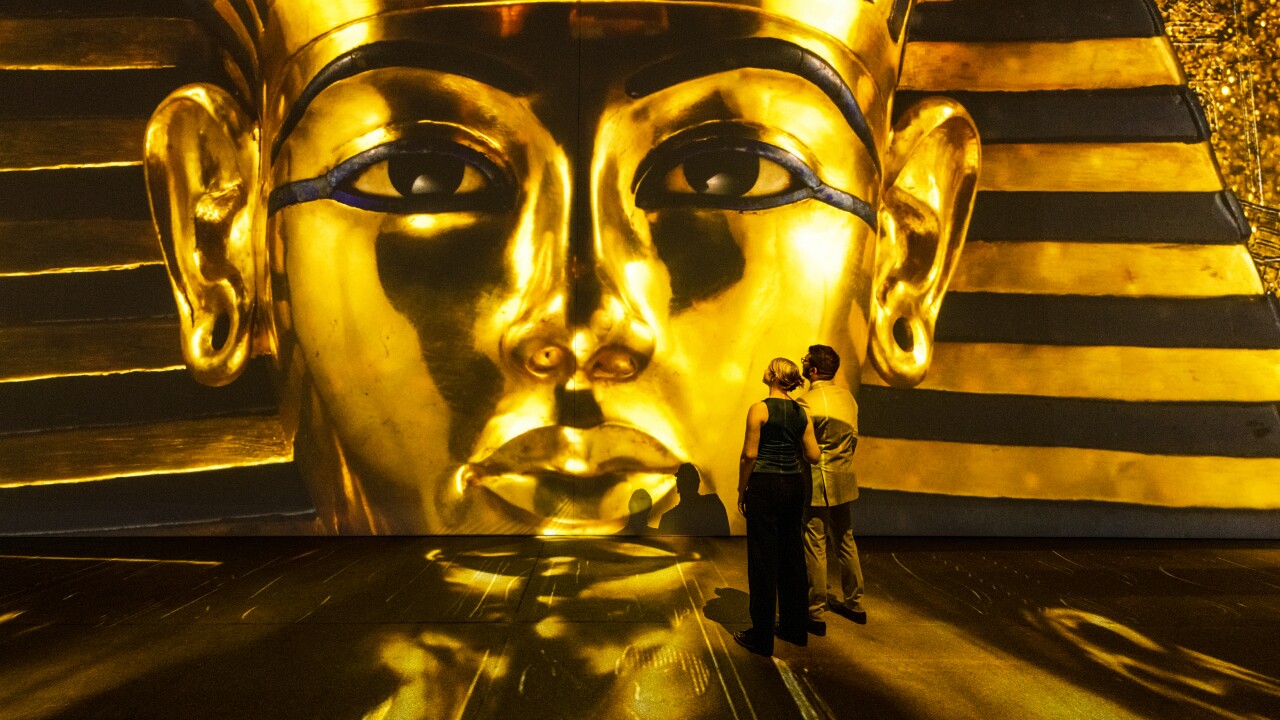
Welcome, fellow history enthusiasts and adventurers, to an extraordinary journey through the annals of ancient Egypt. Today, we embark on an exploration of a hidden gem, the mesmerizing Valley of the Habu. Nestled on the west bank of the Nile River in Luxor, Egypt, this archaeological treasure offers a glimpse into the grandeur and cultural significance of the New Kingdom period. Join us as we delve into the mysteries and unravel the wonders that lie within this captivating site.
- A Sanctuary of Divine Kings: The Valley of the Habu, also known as the Valley of the Workers or the Valley of the Artisans, is an intriguing necropolis located within the western hills of Thebes, near the Temple of Medinet Habu. This sacred burial ground served as the final resting place for the skilled craftsmen, artisans, and workers who dedicated their lives to constructing the magnificent tombs and temples of ancient Egypt.
- The Mortuary Temple of Ramesses III: At the heart of the Valley of the Habu stands the majestic Mortuary Temple of Ramesses III, a testament to the power and glory of one of Egypt’s greatest pharaohs. This imposing structure boasts impressive pylons, intricate reliefs, and vibrant murals that depict the military triumphs and religious rituals of the time. Exploring the temple complex allows visitors to witness the architectural brilliance and divine symbolism that characterized the New Kingdom era.
- Splendor in Stone: The walls of the Mortuary Temple of Ramesses III are adorned with exquisite carvings and reliefs that chronicle the pharaoh’s reign and his devotion to the gods. The detailed depictions of battles, royal processions, and religious ceremonies provide valuable insights into the military campaigns, cultural practices, and religious beliefs of ancient Egypt. These artistic masterpieces serve as a testament to the skill and dedication of the artisans who brought them to life.
- Discovering the Workers’ Tombs: Beyond the grandeur of the mortuary temple lies a network of humble yet intriguing tombs dedicated to the skilled workers and artisans of ancient Egypt. These tombs, often simpler in design compared to those of the pharaohs, offer a unique glimpse into the lives and daily routines of the craftsmen who labored tirelessly to create the monumental structures that defined Egypt’s architectural legacy.
- Preservation Efforts and Accessibility: Preserving the delicate beauty of the Valley of the Habu is a continuous endeavor. While some parts of the site are open to the public, others may have limited access or require special permission. Efforts are underway to protect and conserve the structures and reliefs within the valley to ensure their longevity for future generations.
- Exploring the Surrounding Treasures: While visiting the Valley of the Habu, be sure to take the opportunity to explore the nearby archaeological wonders. Luxor, the ancient city of Thebes, is a treasure trove of historical sites, including the Temple of Karnak, the Valley of the Kings, and the Colossi of Memnon. Immerse yourself in the grandeur of these ancient marvels to gain a comprehensive understanding of Egypt’s rich cultural heritage.

